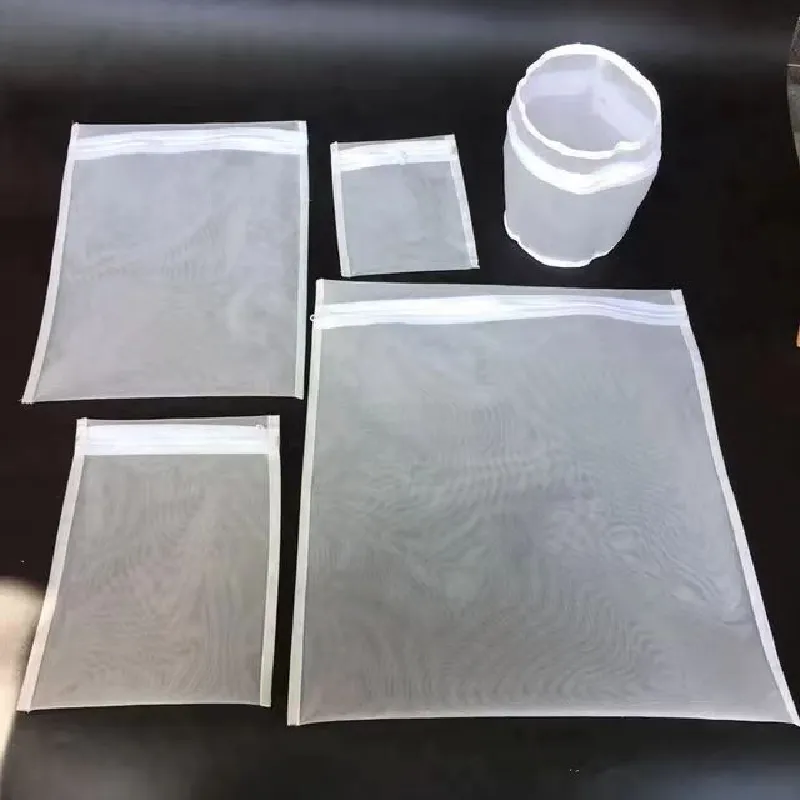-
 Afrikaans
Afrikaans -
 Albanian
Albanian -
 Amharic
Amharic -
 Arabic
Arabic -
 Armenian
Armenian -
 Azerbaijani
Azerbaijani -
 Basque
Basque -
 Belarusian
Belarusian -
 Bengali
Bengali -
 Bosnian
Bosnian -
 Bulgarian
Bulgarian -
 Catalan
Catalan -
 Cebuano
Cebuano -
 China
China -
 Corsican
Corsican -
 Croatian
Croatian -
 Czech
Czech -
 Danish
Danish -
 Dutch
Dutch -
 English
English -
 Esperanto
Esperanto -
 Estonian
Estonian -
 Finnish
Finnish -
 French
French -
 Frisian
Frisian -
 Galician
Galician -
 Georgian
Georgian -
 German
German -
 Greek
Greek -
 Gujarati
Gujarati -
 Haitian Creole
Haitian Creole -
 hausa
hausa -
 hawaiian
hawaiian -
 Hebrew
Hebrew -
 Hindi
Hindi -
 Miao
Miao -
 Hungarian
Hungarian -
 Icelandic
Icelandic -
 igbo
igbo -
 Indonesian
Indonesian -
 irish
irish -
 Italian
Italian -
 Japanese
Japanese -
 Javanese
Javanese -
 Kannada
Kannada -
 kazakh
kazakh -
 Khmer
Khmer -
 Rwandese
Rwandese -
 Korean
Korean -
 Kurdish
Kurdish -
 Kyrgyz
Kyrgyz -
 Lao
Lao -
 Latin
Latin -
 Latvian
Latvian -
 Lithuanian
Lithuanian -
 Luxembourgish
Luxembourgish -
 Macedonian
Macedonian -
 Malgashi
Malgashi -
 Malay
Malay -
 Malayalam
Malayalam -
 Maltese
Maltese -
 Maori
Maori -
 Marathi
Marathi -
 Mongolian
Mongolian -
 Myanmar
Myanmar -
 Nepali
Nepali -
 Norwegian
Norwegian -
 Norwegian
Norwegian -
 Occitan
Occitan -
 Pashto
Pashto -
 Persian
Persian -
 Polish
Polish -
 Portuguese
Portuguese -
 Punjabi
Punjabi -
 Romanian
Romanian -
 Russian
Russian -
 Samoan
Samoan -
 Scottish Gaelic
Scottish Gaelic -
 Serbian
Serbian -
 Sesotho
Sesotho -
 Shona
Shona -
 Sindhi
Sindhi -
 Sinhala
Sinhala -
 Slovak
Slovak -
 Slovenian
Slovenian -
 Somali
Somali -
 Spanish
Spanish -
 Sundanese
Sundanese -
 Swahili
Swahili -
 Swedish
Swedish -
 Tagalog
Tagalog -
 Tajik
Tajik -
 Tamil
Tamil -
 Tatar
Tatar -
 Telugu
Telugu -
 Thai
Thai -
 Turkish
Turkish -
 Turkmen
Turkmen -
 Ukrainian
Ukrainian -
 Urdu
Urdu -
 Uighur
Uighur -
 Uzbek
Uzbek -
 Vietnamese
Vietnamese -
 Welsh
Welsh -
 Bantu
Bantu -
 Yiddish
Yiddish -
 Yoruba
Yoruba -
 Zulu
Zulu
Innovative Insect Net Solutions Enhancing Agricultural Productivity and Crop Protection in Modern Farming
The Role of Insect Nets in Sustainable Agriculture
Insect nets, also commonly referred to as insect barriers or pest control nets, play an increasingly vital role in modern agriculture. As farmers face the growing challenges of pest infestations, climate change, and the demand for sustainable practices, insect nets offer an eco-friendly and effective solution. These specialized nets not only protect crops from harmful insects but also contribute to improved yield, reduced pesticide use, and enhanced biodiversity.
One of the primary functions of insect nets is to create a physical barrier against pests. Many insects, such as aphids, whiteflies, and thrips, can severely damage crops, reducing agricultural output and increasing costs for farmers. By implementing insect nets, farmers can drastically minimize the need for chemical pesticides, which not only saves money but also mitigates environmental harm. The use of insect nets aligns with Integrated Pest Management (IPM) practices, promoting ecological balance and reducing reliance on synthetic chemicals.
The Role of Insect Nets in Sustainable Agriculture
The advantages of using insect nets extend beyond pest control. Studies have shown that crops protected by insect nets often yield better quality produce. This is particularly important in high-value crops such as fruits and vegetables, where appearance and quality can dictate market price. By reducing pest-related damage, farmers can achieve a more consistent and higher-quality output, ultimately increasing profitability.
insect net for agriculture

Insect nets also play a role in promoting biodiversity within agricultural systems. By reducing the reliance on chemical pesticides, these nets help preserve beneficial insects that contribute to pest control and pollination. Pollinators, such as bees and butterflies, thrive in environments with reduced chemical use, enhancing crop fertilization and yield. Additionally, maintaining a balanced ecosystem supports the natural predators of harmful pests, creating a more resilient farming system.
Climate change poses another growing challenge for agriculture, with shifting weather patterns leading to unpredictable pest behavior and increased pest populations. Insect nets provide a proactive approach to managing these emerging challenges. By using insect nets, farmers can create a buffer against climate-related variables, ensuring that their crops remain protected even in uncertain conditions.
However, the implementation of insect nets is not without its challenges. Farmers may face higher initial costs for net purchase and installation. Education and training in effective net use are also crucial to maximize their benefits. Cooperative initiatives and governmental support can help alleviate these barriers, making insect nets more accessible to smallholders and large-scale farms alike.
In conclusion, insect nets represent an important innovation in sustainable agricultural practices. Their ability to provide effective pest control while reducing chemical use, enhancing crop quality, and supporting biodiversity makes them an essential tool for farmers striving for sustainability. As the agriculture industry continues to evolve, integrating insect nets into farming operations can lead to healthier ecosystems, better crop yields, and a more resilient food system, ultimately benefiting both farmers and consumers alike. Embracing such solutions is not just a choice for productivity; it’s a commitment to a more sustainable future.
-
Shipping Plastic Bags for Every NeedNewsJul.24,2025
-
Safety Netting: Your Shield in ConstructionNewsJul.24,2025
-
Plastic Mesh Netting for Everyday UseNewsJul.24,2025
-
Nylon Netting for Every UseNewsJul.24,2025
-
Mesh Breeder Box for Fish TanksNewsJul.24,2025
-
Expanded Steel Mesh Offers Durable VersatilityNewsJul.24,2025











